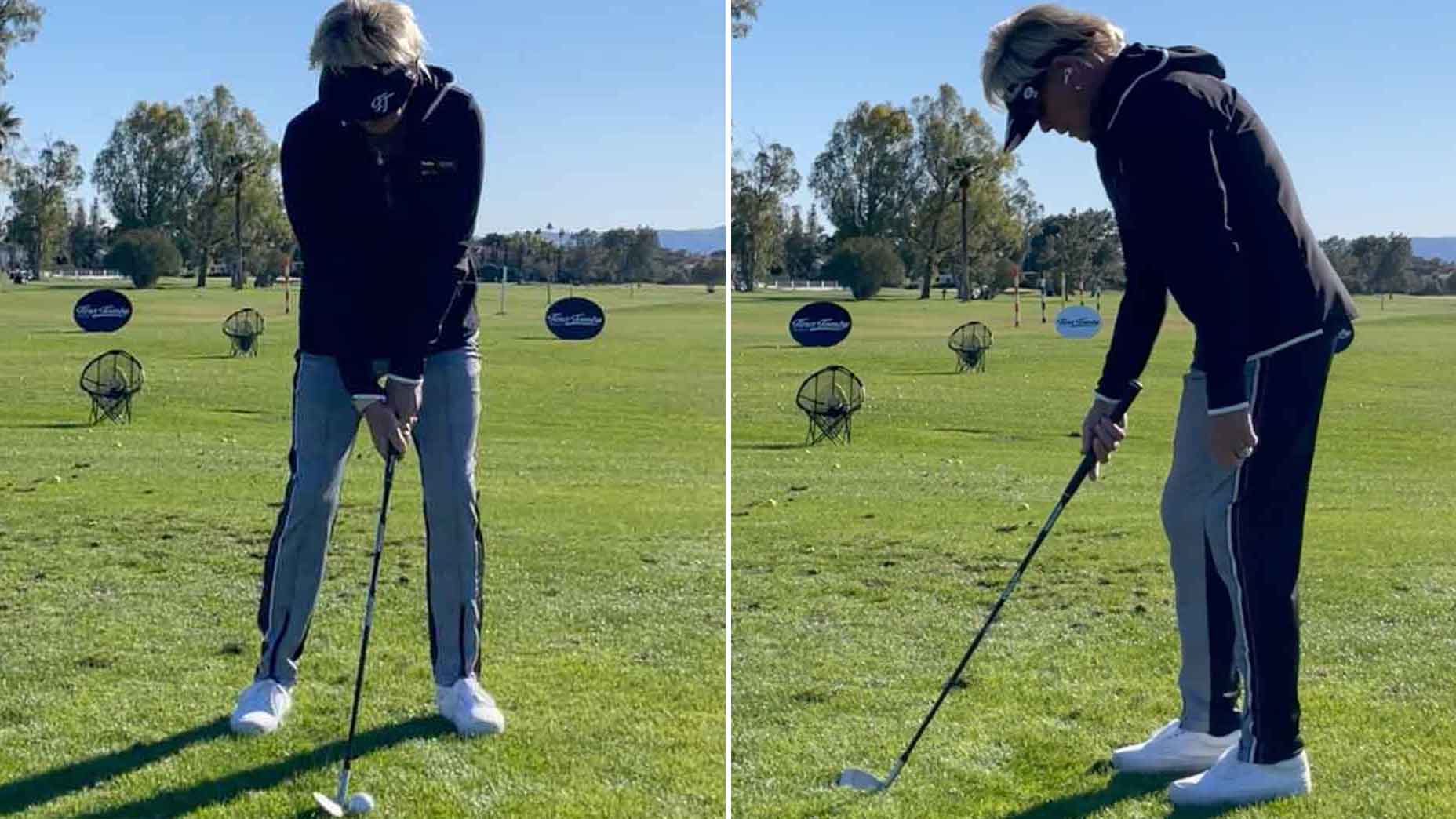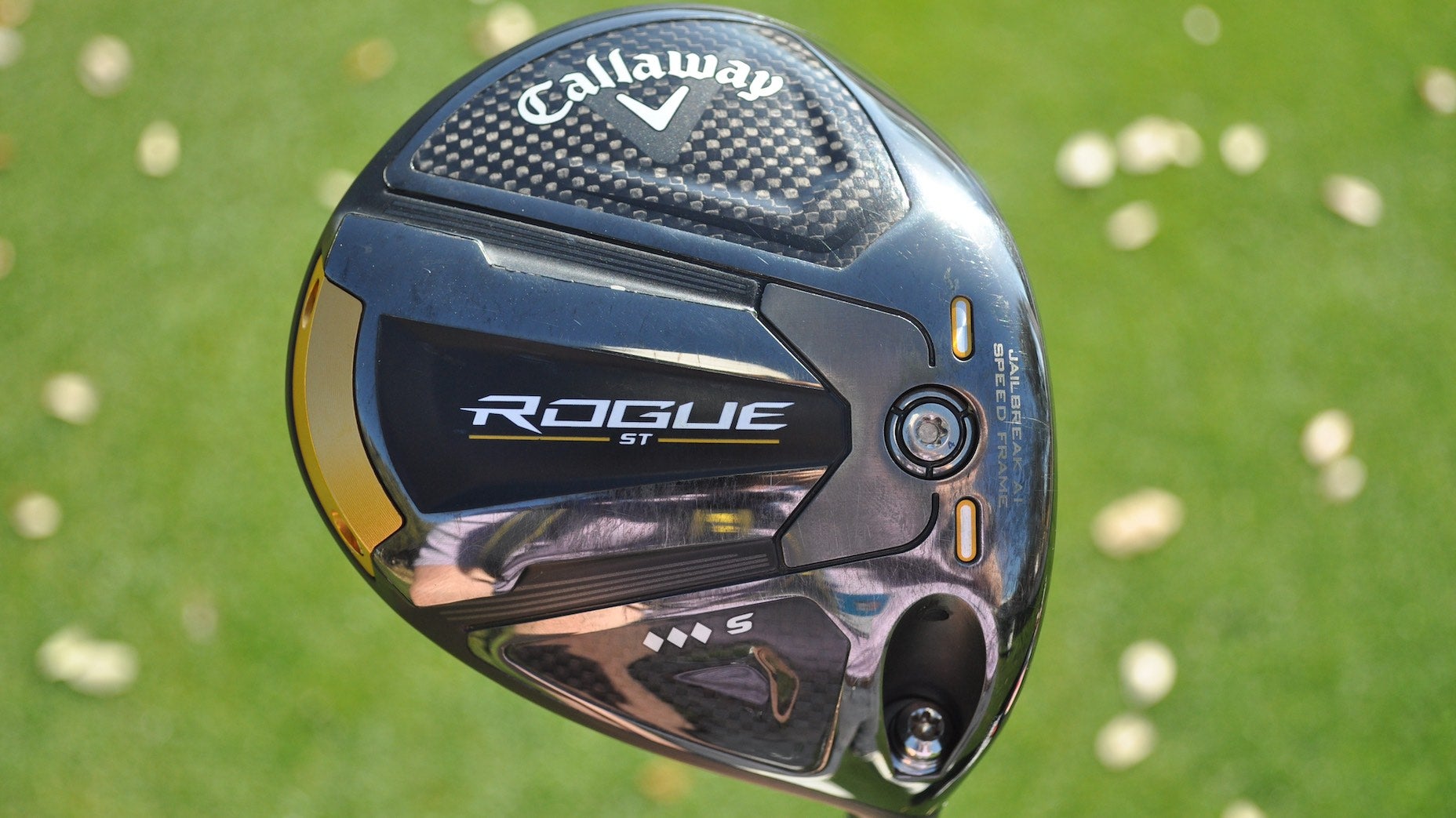
Don’t default to your high-loft wedge for every chip shot, says Stefanie Shaw.
Getty Images
When recreational players are faced with a shot around the green, we tend to rely on a high-loft wedge to execute it, regardless of whether or not that club is the right one for the job.
That’s a mistake, says Stefanie Shaw, a teaching professional at the Ocean Reef Club in Key Largo, Fla. and Sebonack Golf Club in Southampton, N.Y.
“You have to take a really big swing to hit a high-lofted club to make it go a very short distance, so there’s a lot of room for error there,” Shaw told me at GOLF’s recent Top 100 Teacher Summit at Pinehurst. “I like to tell my students: You pitch with a sand wedge and you chip with a pitching wedge. The only time I want to have a high-lofted wedge in my hand is when I need to get over an obstacle in front of me, like a bunker, thick grass, or water.”
A high-lofted club is any wedge with a 56-degree loft or more — usually a sand wedge in most players’ bags.
So instead of immediately reaching for your sand wedge when you’re faced with a chip, Shaw recommends using a club you can keep low to the ground instead, like a pitching wedge. You can even opt for a mid-iron or even a hybrid if you’re comfortable.
“The lower I can keep a ball to the ground, the more control I have over it,” she said.
Next time you have a few extra minutes in the practice area, take a few balls to compare your outcomes with different clubs around the green. Once you get acquainted with the roll-out on your lower-lofted clubs, you’ll enjoy the extra control — and the lower scores.









